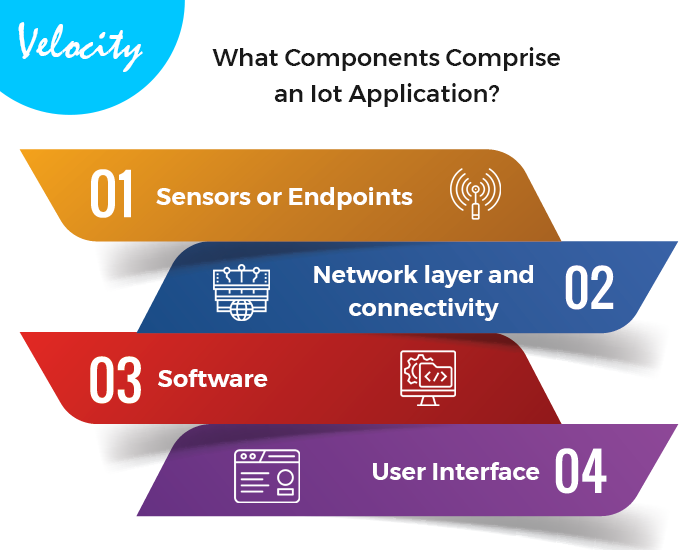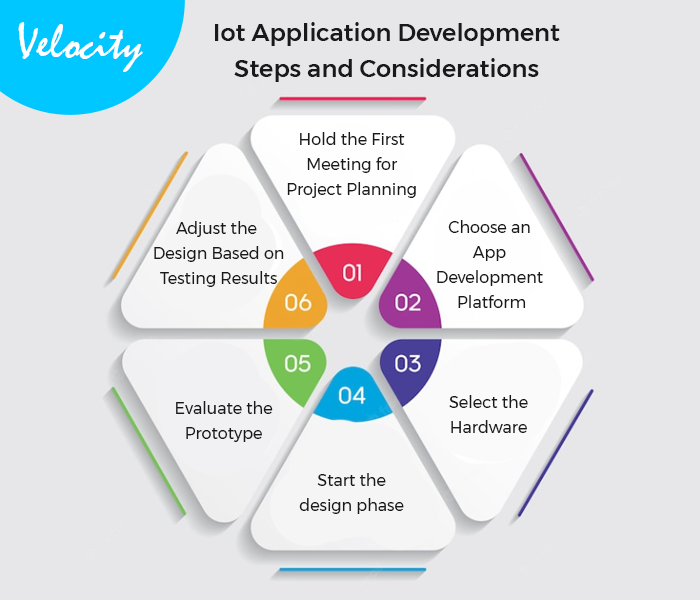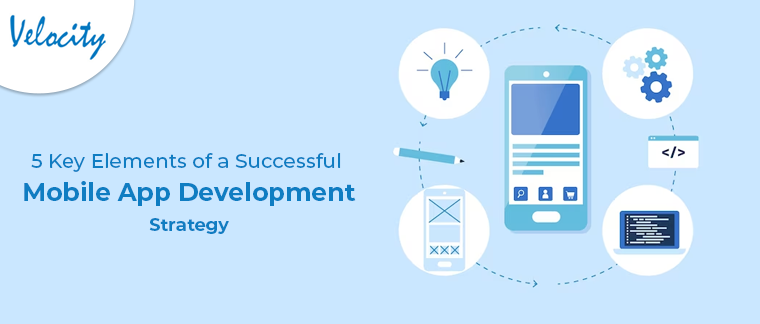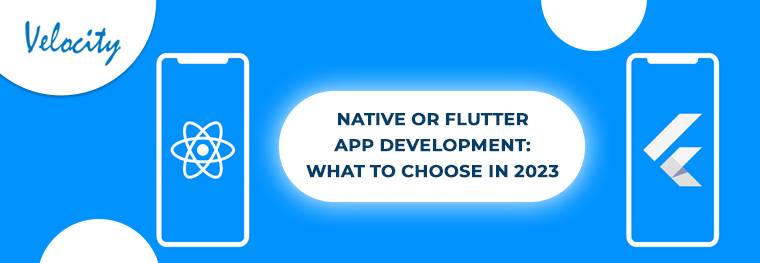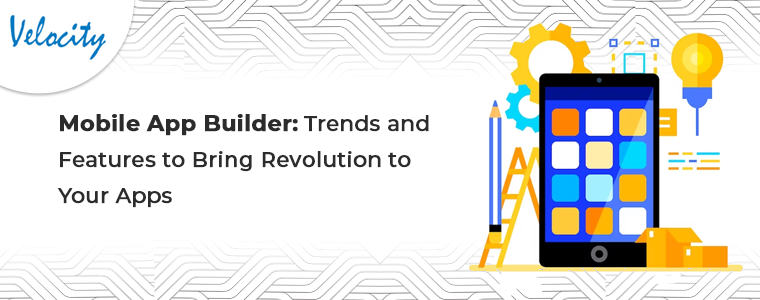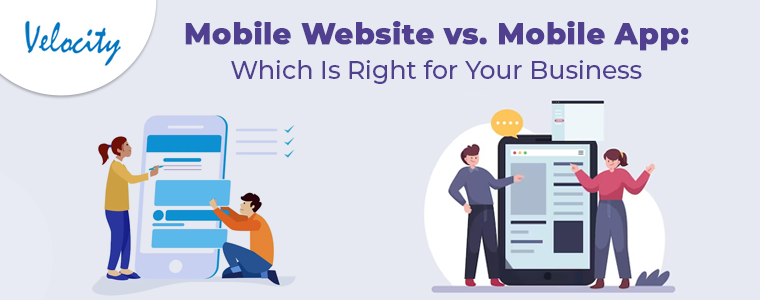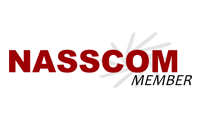In the planning and design phases of development, IoT app development teams must address the nuances of IoT technology, such as IoT security vulnerabilities and compatibility. To provide the best possible customer experience for their IoT product, organizations’ IoT teams must frequently develop their own app to accompany it.
Internal IoT app development provides more granular control to development teams than prebuilt options or hiring a third-party provider. Control over all aspects of the process can result in improved overall quality.
As the adoption of IoT apps grows, organizations may find it more difficult to hire external developers with sufficient experience to complete the job within the required time frame. Because of the high demand for IoT expertise, it has become more difficult for organizations to close the skills gap and hire outside experts.
This demand has also resulted in an increase in the use of no-code and low-code development platforms for IoT apps. Each of these factors influences an organization’s decision to build an IoT app internally, even if it lacks programming expertise.
What Components Comprise an IoT Application?
IoT Applications, Regardless of Industry, Have Specific Components:
Sensors or Endpoints:
Sensors collect electrical or analog signals routed through the rest of the system. Sensors may collect data about environmental factors such as temperature, movement, or light and send it to an application depending on its purpose.
Network layer and Connectivity:
For processing and review, data from an IoT system is sent to the cloud or a dedicated interface. The connectivity layer sends data to the destination via a router, gateway, or Ethernet cable. Cellular networks, Wi-Fi, and Bluetooth are also used by some IoT applications.
Software:
Once the data reaches the cloud, it is processed by software. It also checks to see if the information falls within certain parameters.
User Interface:
A person uses an IoT app’s interface to receive, interact with, and personalize data. A user could program IoT sensors on critical equipment to send a notification when the temperature exceeds a certain threshold. The application may also include analytics features that contextualize the gathered data so that users can understand and act on the insights. According to a Redpoint Global and The Harris Poll survey, 63% of consumers expect personalized service as a standard. Personalization in an app may necessitate more customized app development in order to incorporate machine learning algorithms that learn from user activity.
IoT Application Development – Steps and Considerations
A variety of factors influence the development of an IoT application, including the organization’s budget and overall timeline. However, the following are some of the most common steps and considerations:
1. Hold the First Meeting for Project Planning
The planning phase is where the project’s goals and objectives are finalized. During this time, the questions should balance the needs of the company, such as budget and timeline, with those of the application’s users, such as functionality and ease of use.
2. Choose an App Development Platform
Organizations can choose from a variety of platforms, including no-code and low-code. Different platforms are chosen by developers to connect products into a single system. Google’s IoT platform, for example, supports low-energy sensors and other manufacturer products.
3. Select the Hardware
If IoT app developers do not build their own hardware, they must take the time to find a reputable vendor to meet that need. The two main concerns for ensuring the application works as intended are reliability and connectivity.
4. Start the Design Phase
When participating in the design process, developers should prioritize speed and performance. Many Internet of Things applications collects data in near real-time. Even a lag of several seconds may be too long for some applications. Security must also be a top priority during design to reduce the likelihood of problems occurring later.
5. Evaluate the Prototype
Prototyping is an important part of IoT app development because it reveals real-world feasibility and allows organizations to work out any issues before the application is in the hands of consumers. Developers can also look for issues with compatibility between different vendor products and software.
6. Adjust the Design Based on Testing Results
Even the most well-thought-out designs will almost certainly require changes after testing. This is not a reflection of the development team’s shortcomings, but rather of the fact that problems occur when people use the app. This is because testers frequently interact with the app in ways that the developers did not anticipate.
Wrap Up:
Every day, technology advances, and in order to keep up, everyone must adapt. IoT is the next major advancement in the eCommerce industry. Most of the stress has already been absorbed, while the remainder is becoming accustomed to it.

